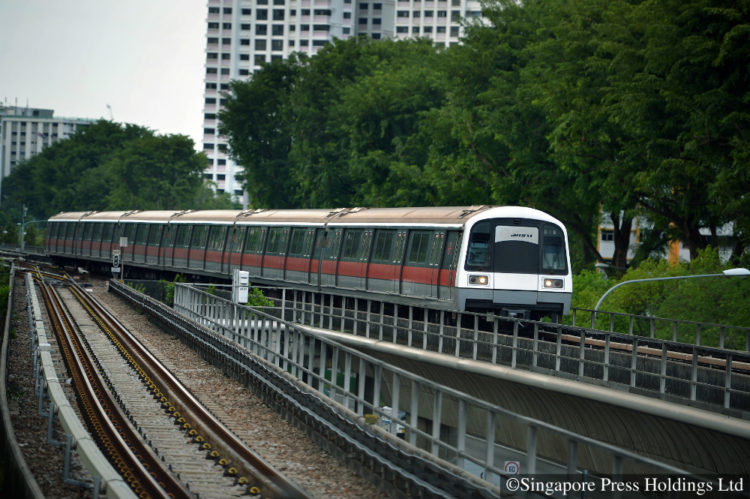 More rail engineering talent is needed as Singapore’s rail system expands and becomes more complex, said representatives of SMRT’s ‘technical advisory panel following a two-day meeting that ended on Friday (Sept 22).
More rail engineering talent is needed as Singapore’s rail system expands and becomes more complex, said representatives of SMRT’s ‘technical advisory panel following a two-day meeting that ended on Friday (Sept 22).
The nine-member panel – first formed in 2013 to beef up SMRT’s engineering capabilities – includes those with expertise working on the Hong Kong MTR and London Underground.
Training more rail professionals and bringing up the rail engineering profession within SMRT was one of the matters the panel has discussed, said Nanyang Technological University (NTU) physics professor Alfred Huan, who has chaired the panel since its inception.
Professor Kristin Wood, co-director of the SUTD-MIT International Design Centre at the Singapore University of Technology and Design, said that the rail operator must continue to grow its in-house engineering expertise, which he noted had grown “very significantly” within the last few years.
SMRT Trains currently has more than 400 engineers, an increase of about 96 percent since 2014.
“Nurturing our people to the fullest potential is essential for SMRT to grow our capacity and capability to operate an enlarged train network,” said SMRT chief technology officer Ng Bor Kiat.
“It is essential for the future of SMRT not to rely on vendor capabilities, but to be able to solve problems as they arise,” said Professor Wood.
What is needed is engineers with “deep engineering expertise” in all areas – such as the trains, as well as the signalling and power systems – in addition to those with “system-wide knowledge” of all aspects of rail engineering, said National University of Singapore engineering dean Chua Kee Chaing.
“Developing that deep engineering expertise is extremely important as you’re dealing with a very complex system,” he added, noting it was a positive step that SMRT had hired “quite a lot of young engineers”.
Engineering students from the universities here need to be directed to join the two rail operators here – SMRT and SBS Transit – as well as the Land Transport Authority, so that the knowledge can have a tangible effect on the rail network, said SMRT-NTU Smart Urban Rail Corporate Laboratory director See Kye Yak.
Other topics discussed by the panel included the use of condition monitoring devices and data analytics to improve SMRT’s predictive maintenance processes.
Noting commuter dissatisfaction with delays following the testing of the new signalling system, Hong Kong Polytechnic University transportation practice professor Lee Kang Kuen, said “teething issues” were a common experience among rail systems that had gone through similar upgrades.
Shutting down a line would allow more time for engineering and maintenance, as was the case with the Victoria Line on the London Underground, said Birmingham Centre for Railway Research and Education director Clive Roberts, though this is currently not feasible here as the MRT lines here are “major transport links”.
However, as the rail network here expands and provides commuters with more transportation options, this could be done to allow speedier completion of engineering projects in the future.
Related story: SMRT has identified root causes of N-S Line glitches
Related story: Lessons from SMRT’s past mistakes can help it stay on track












